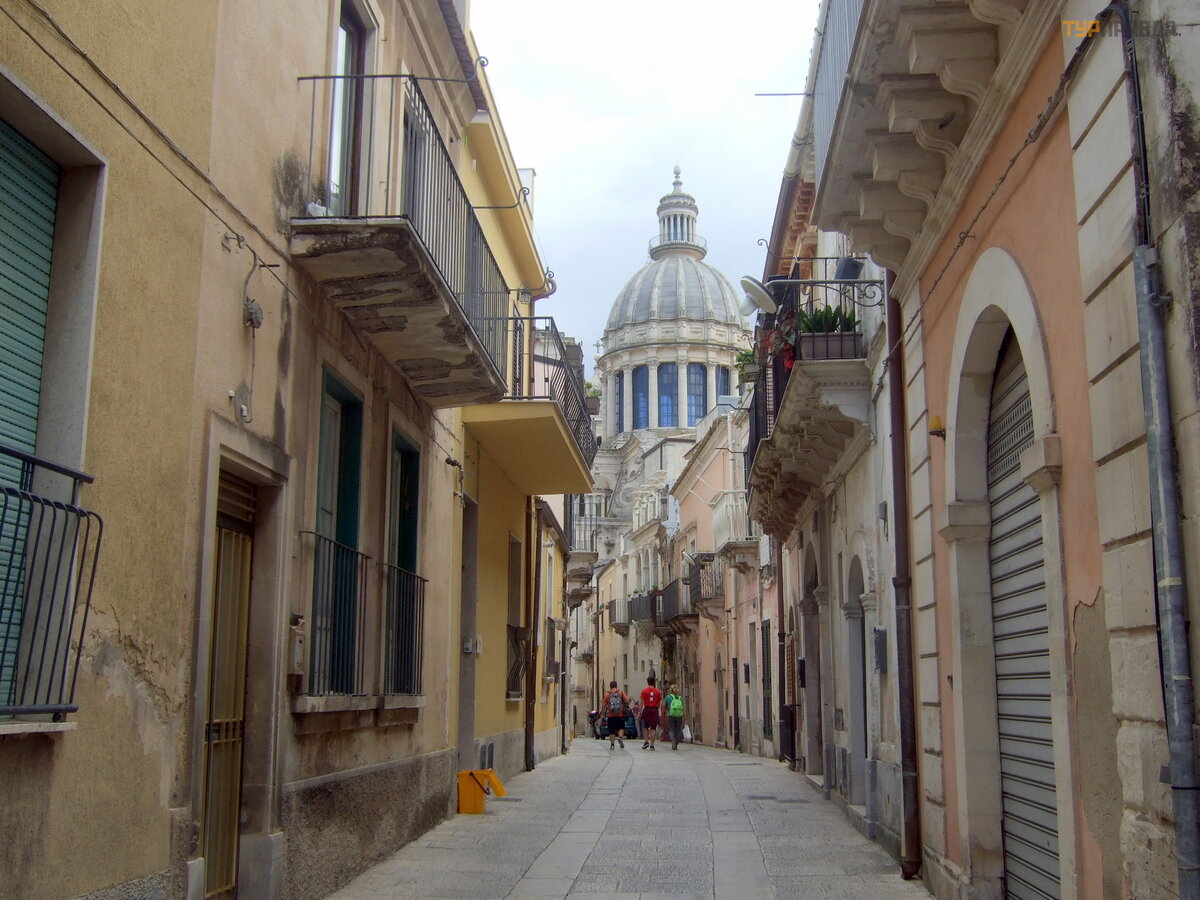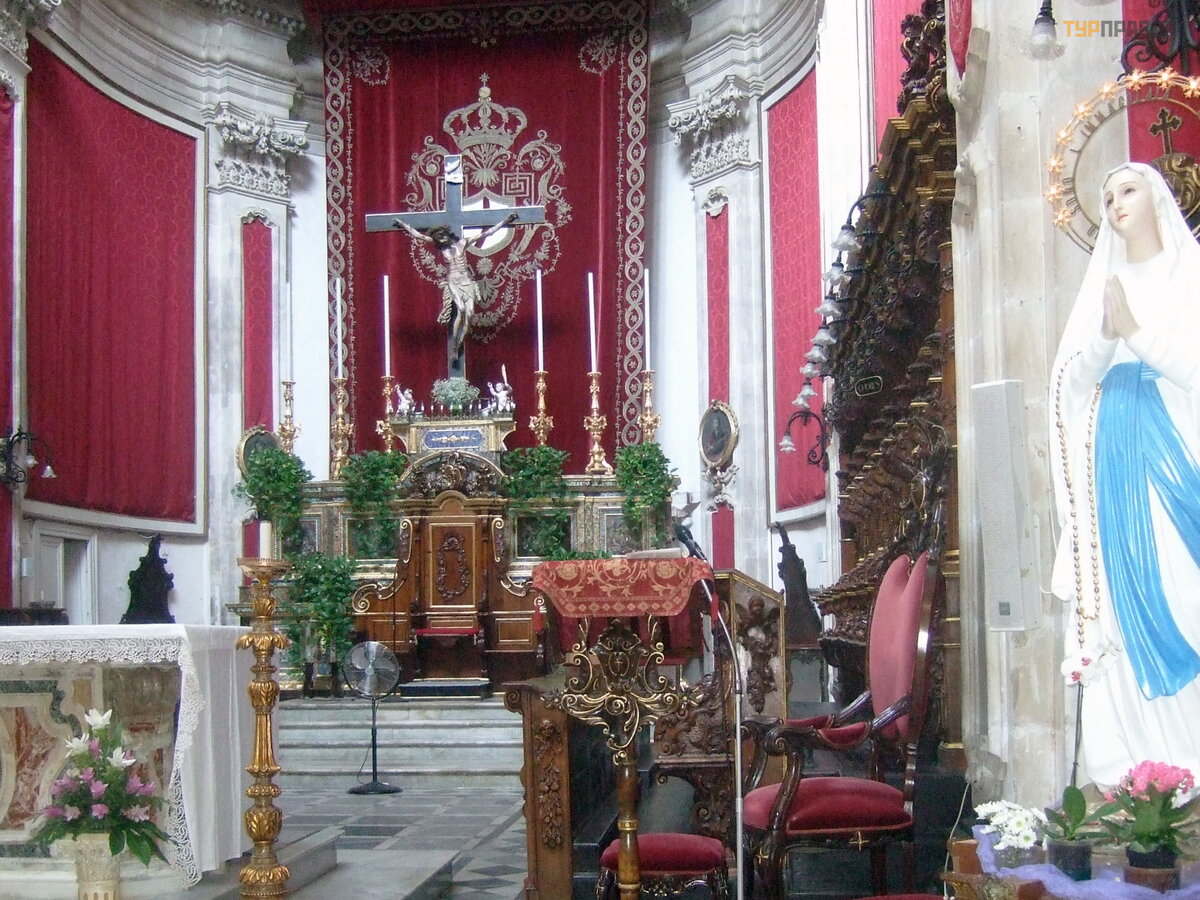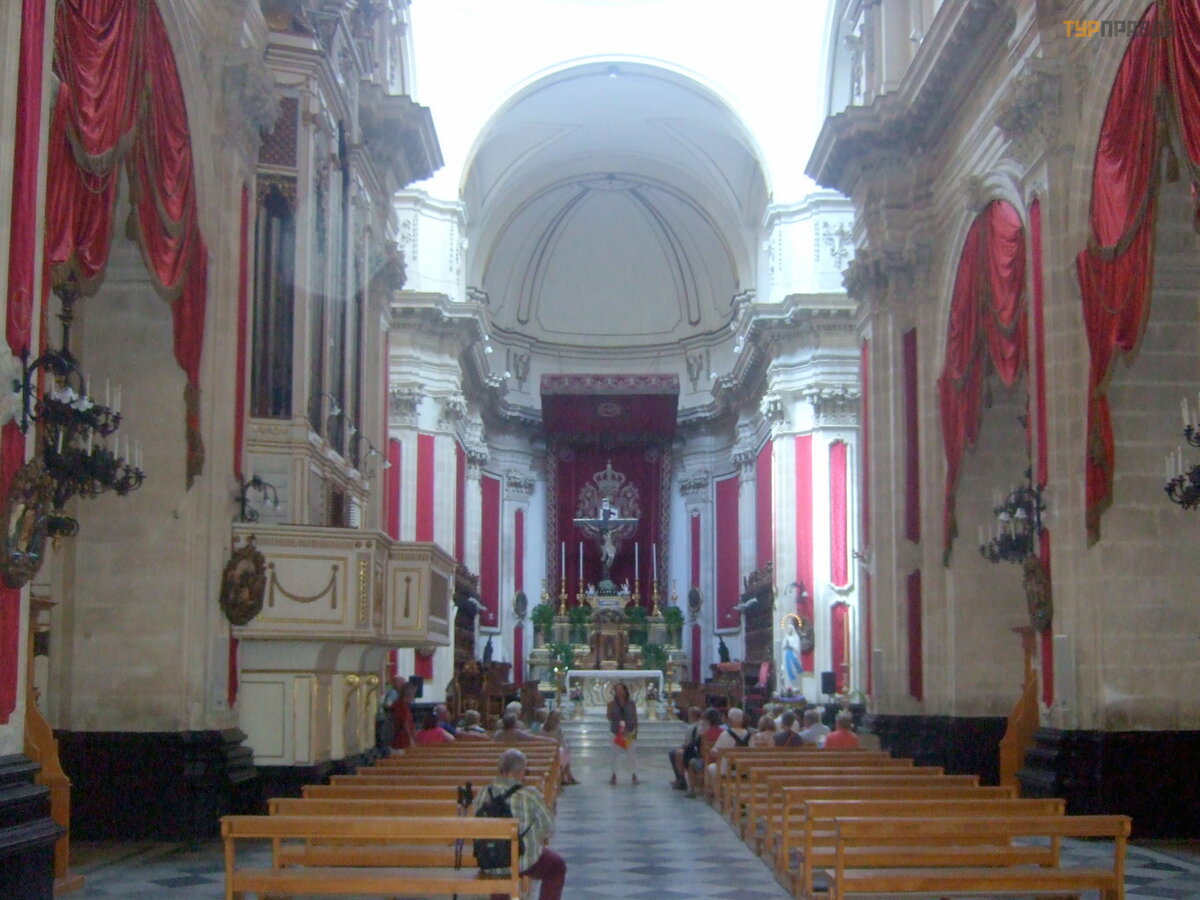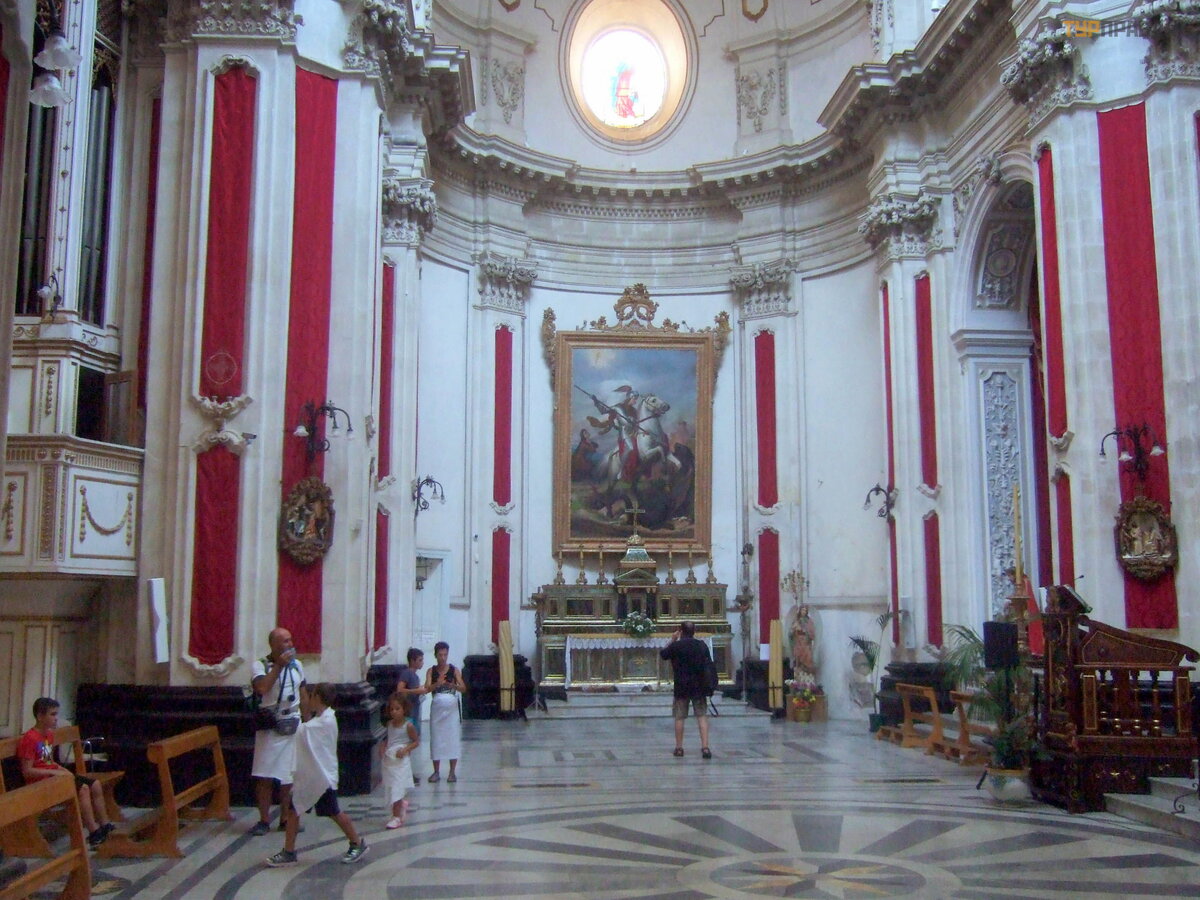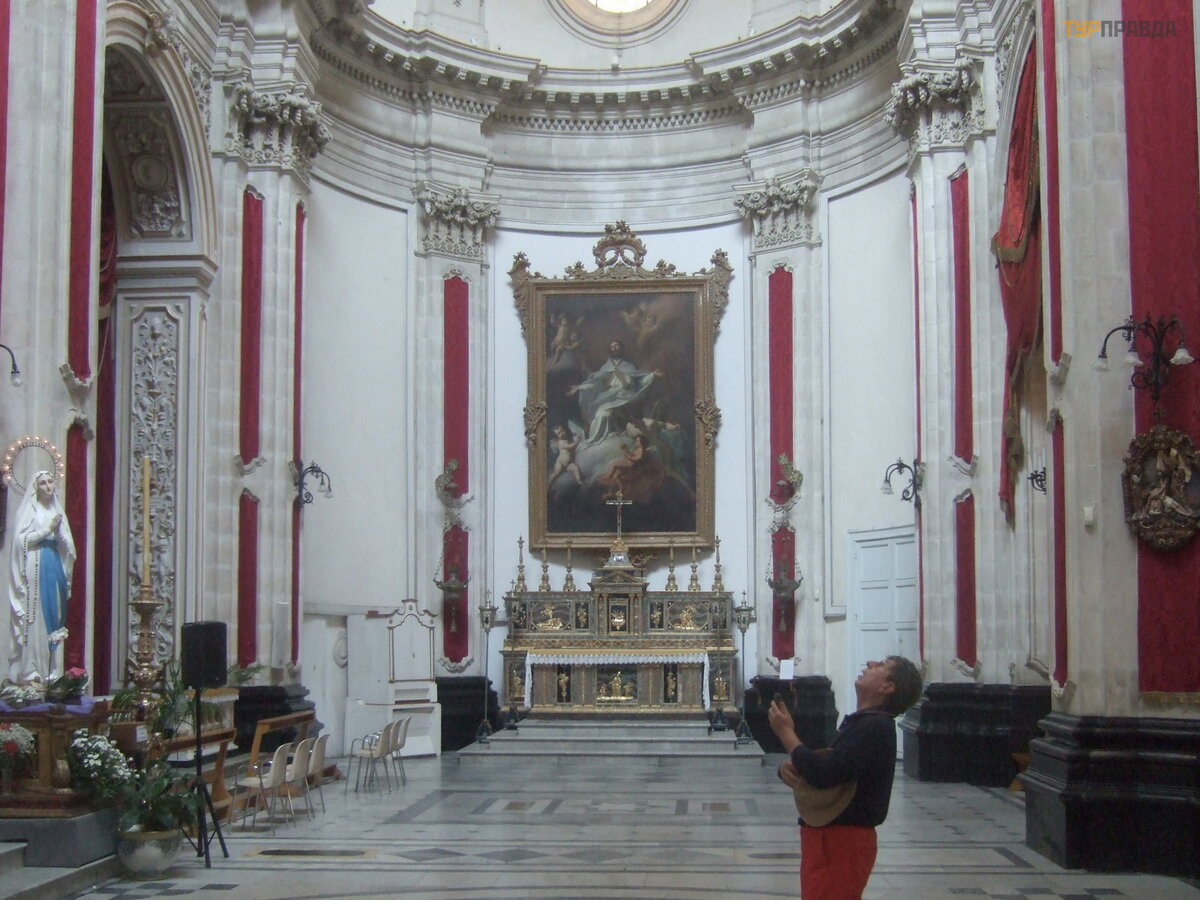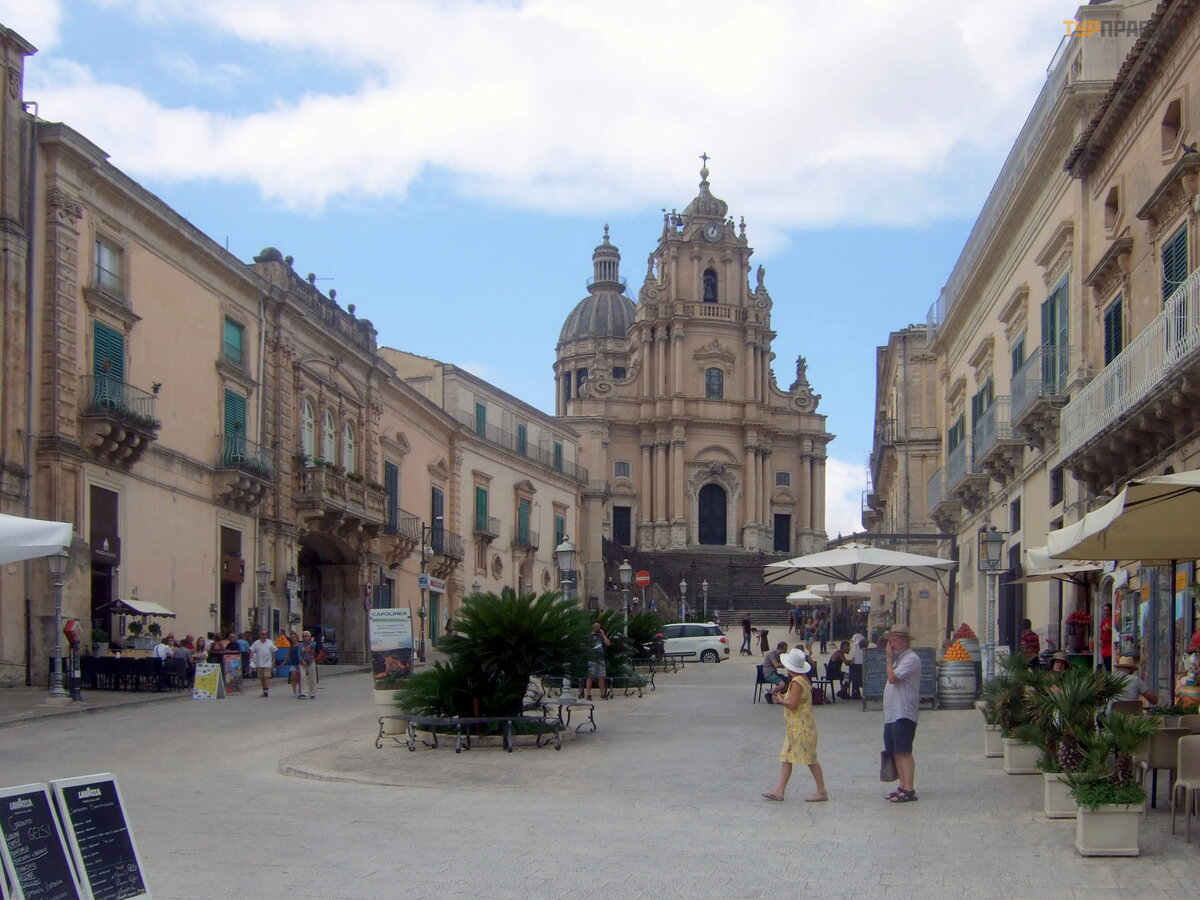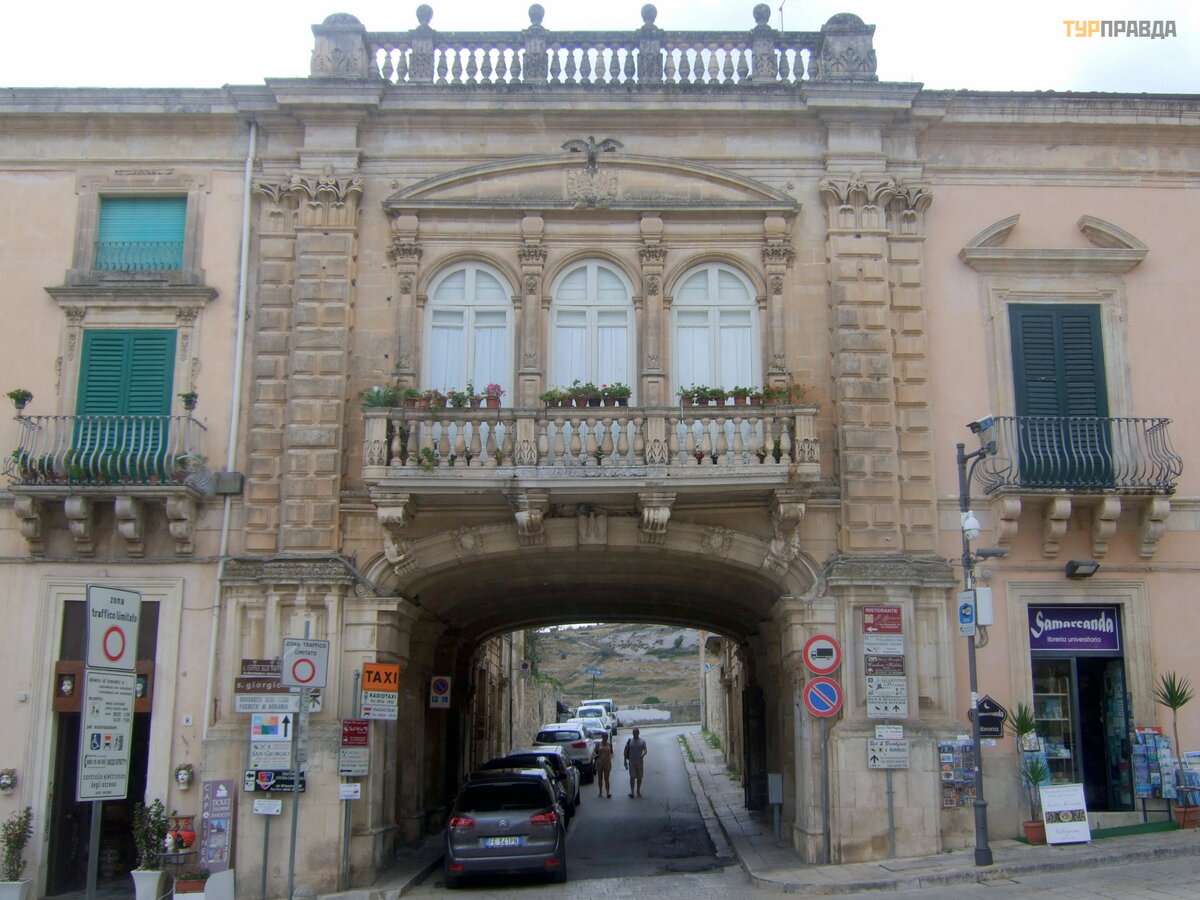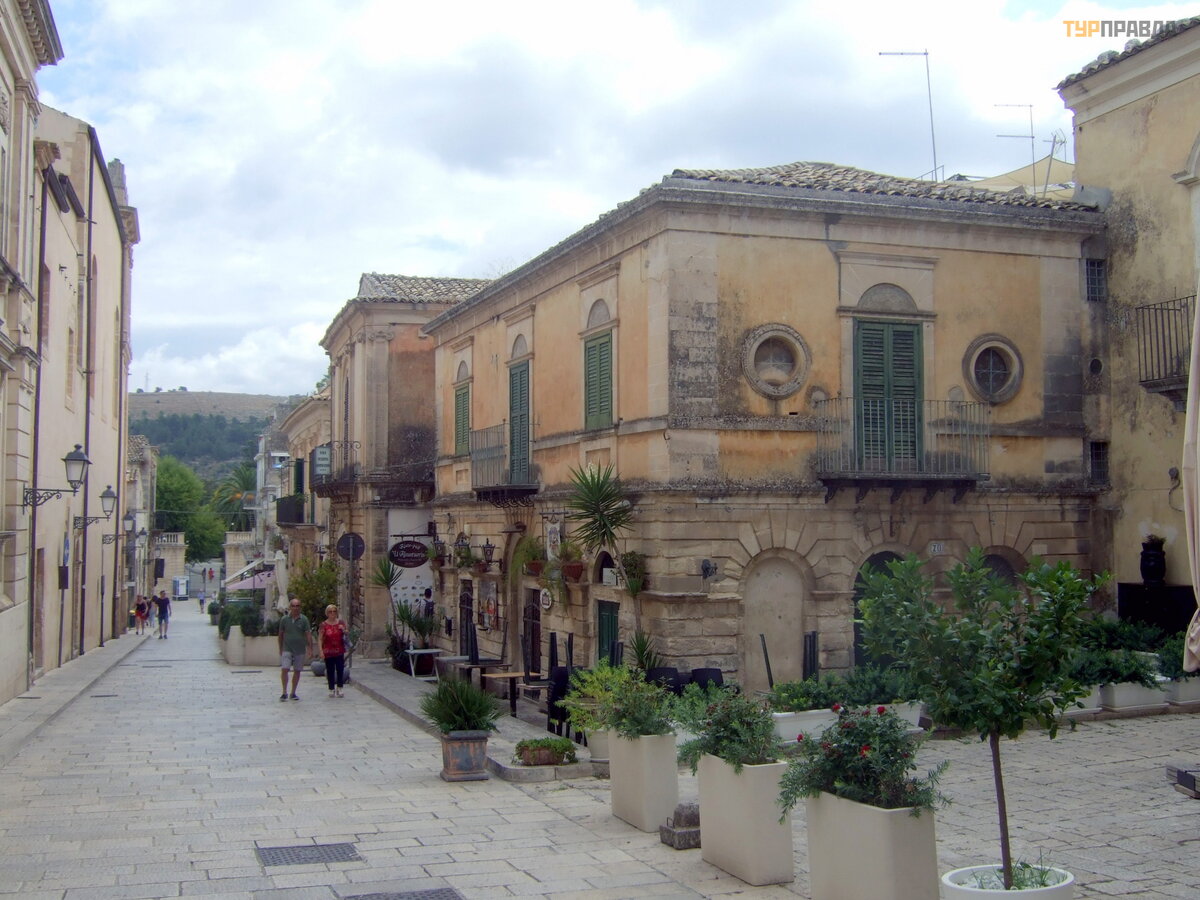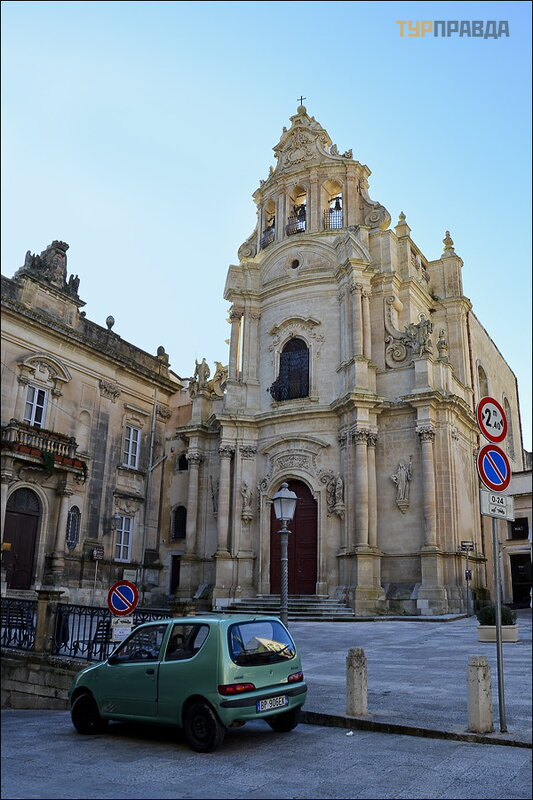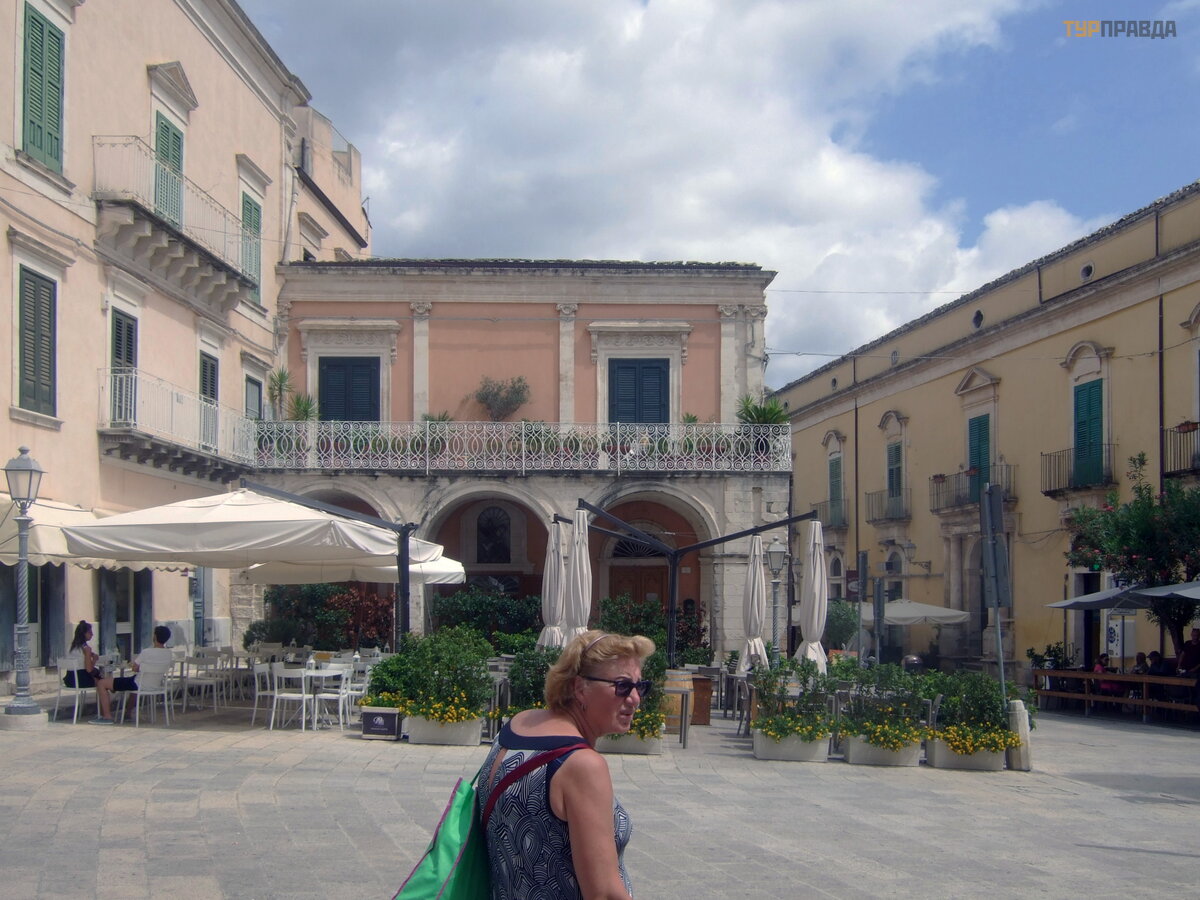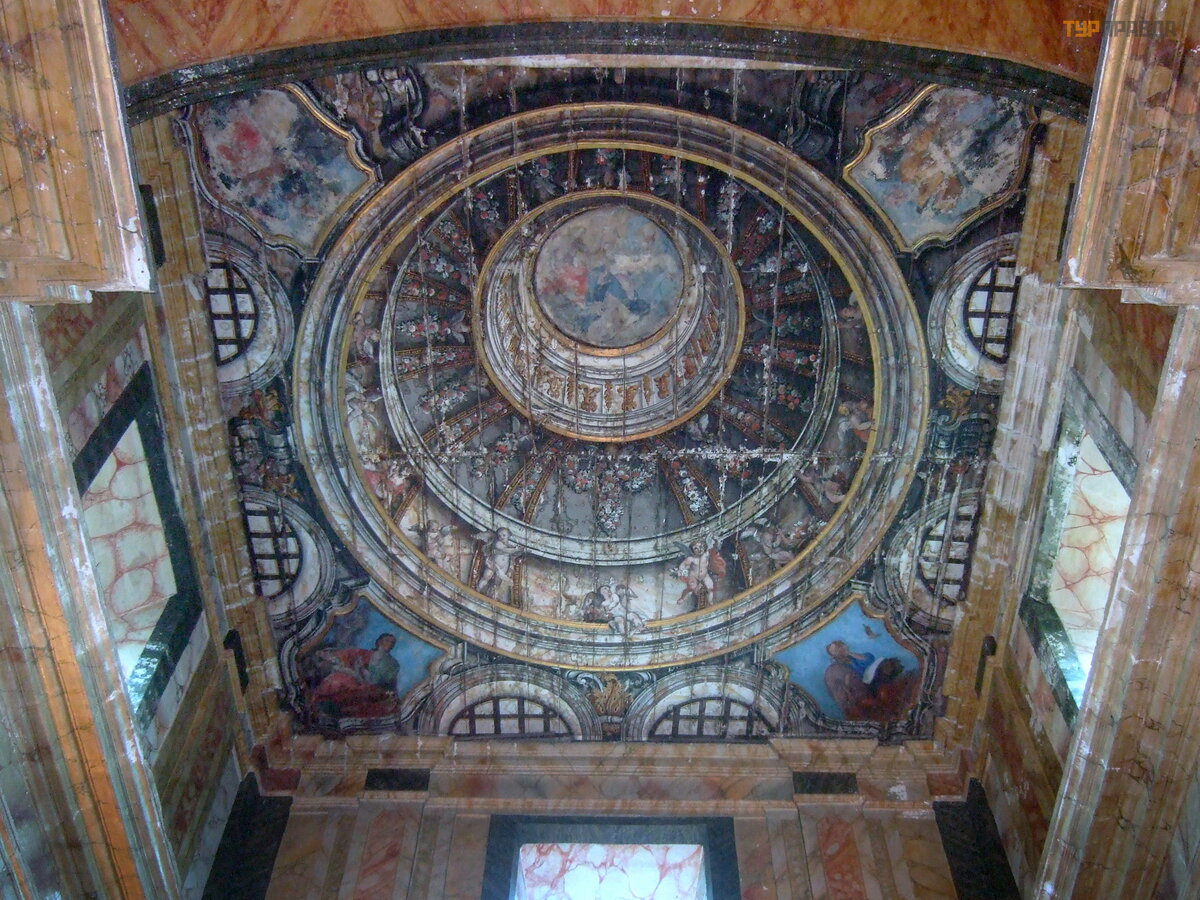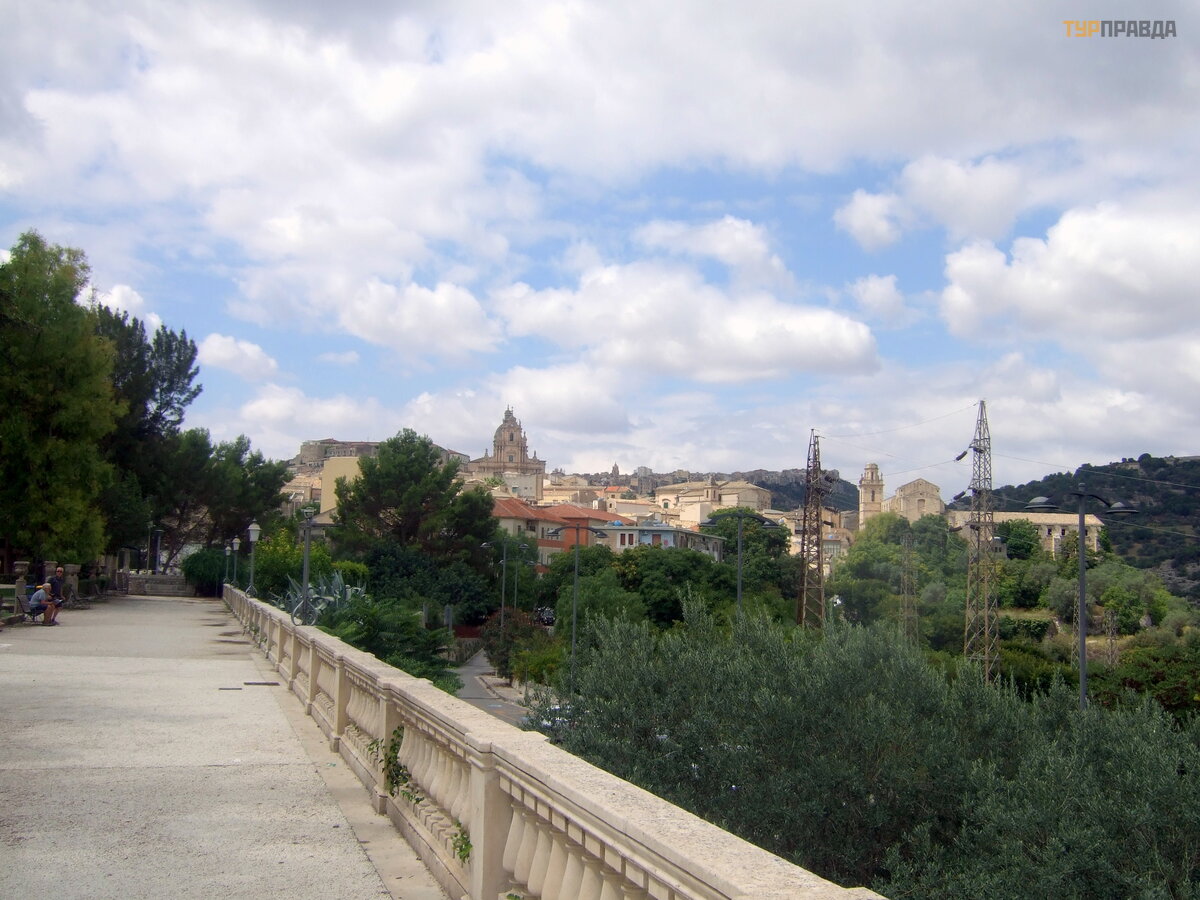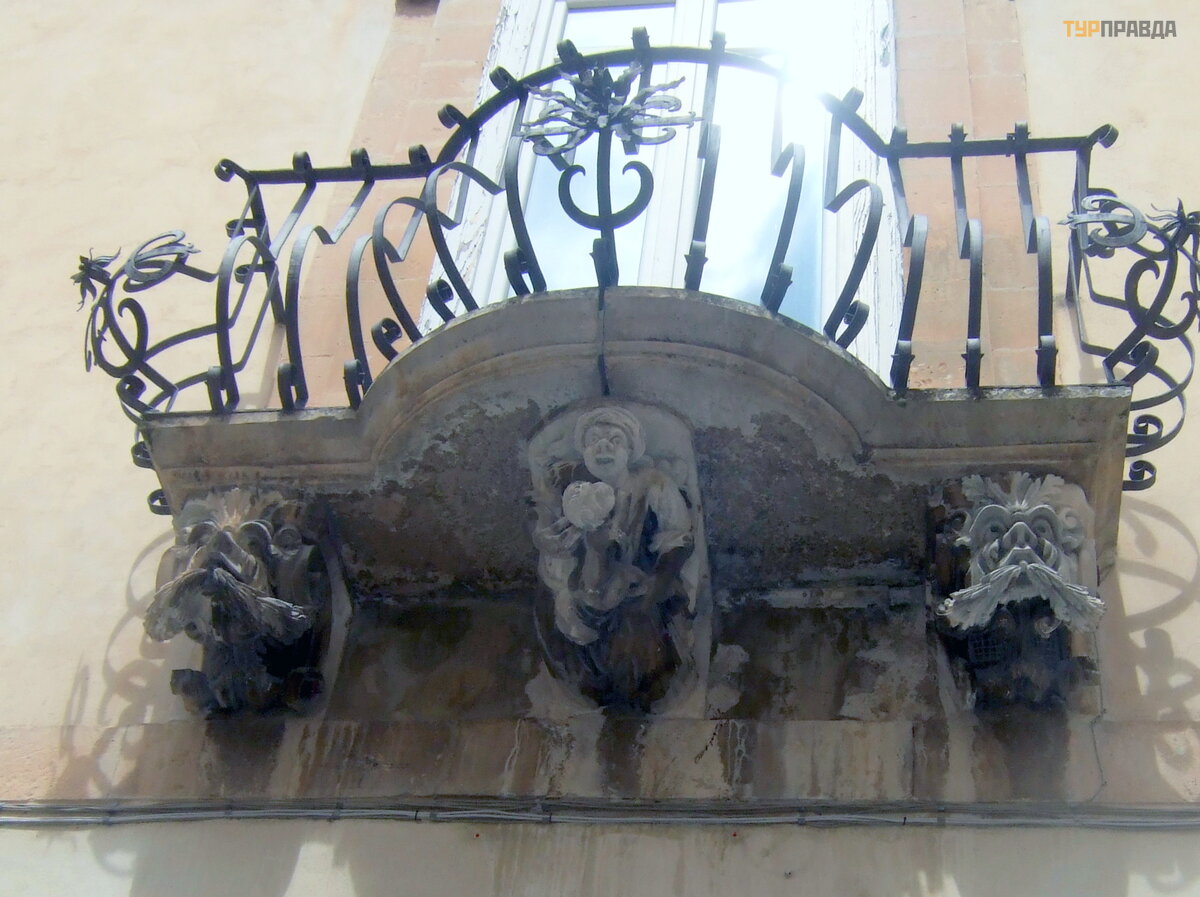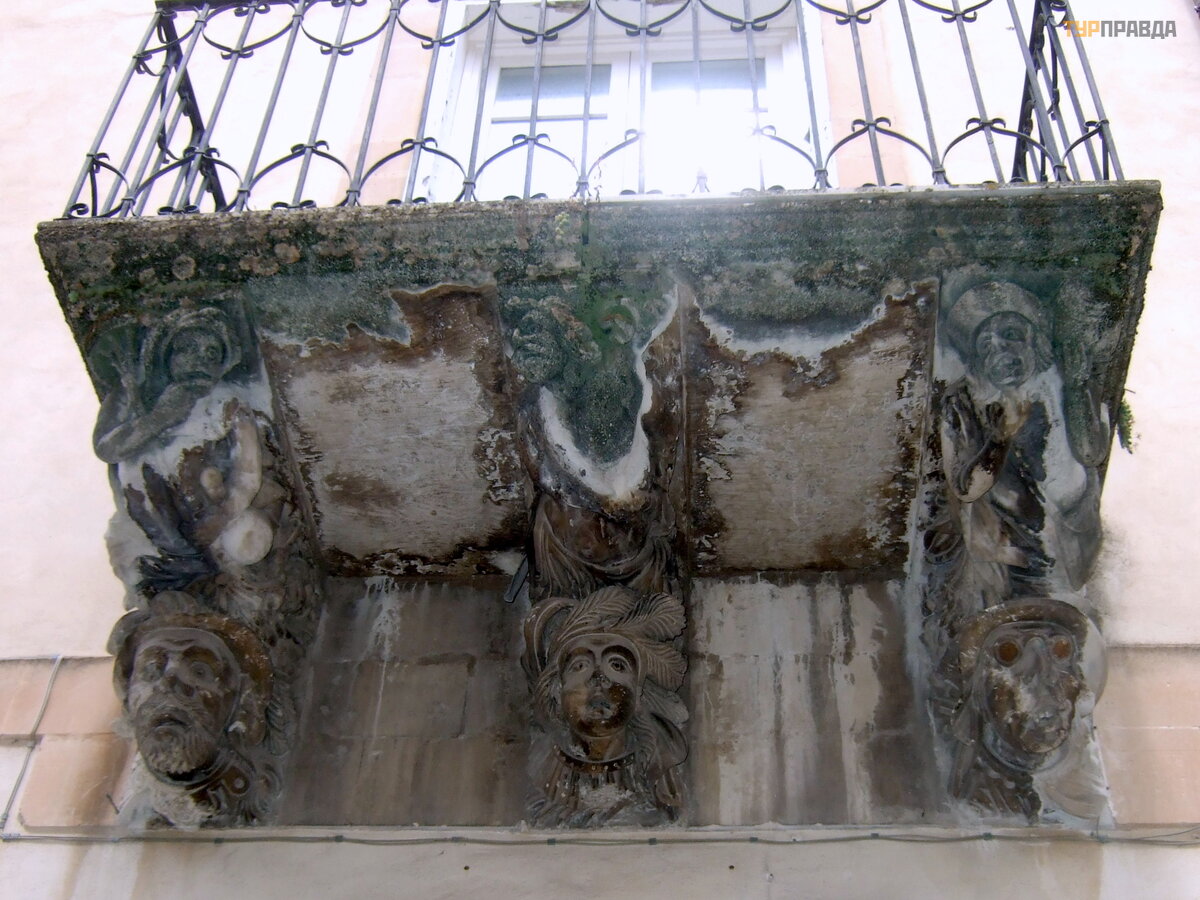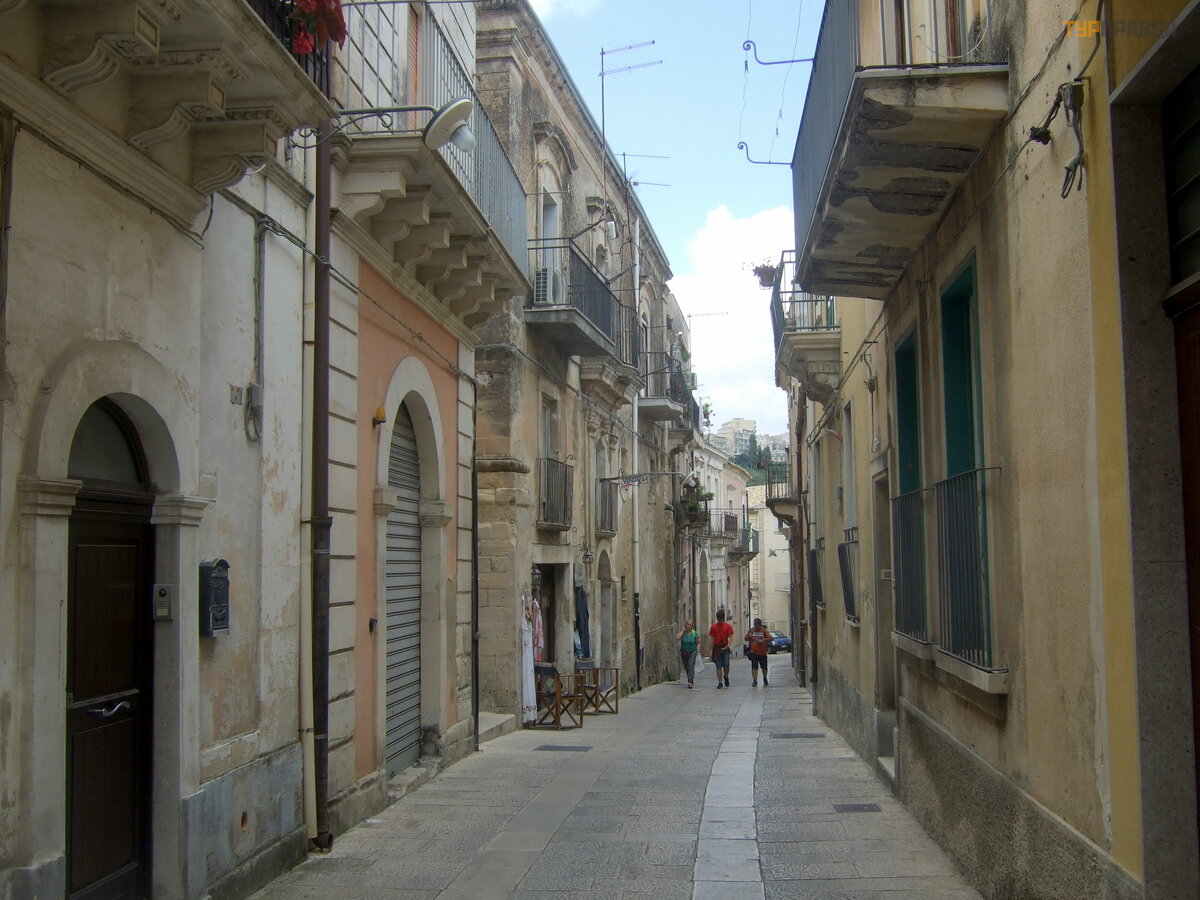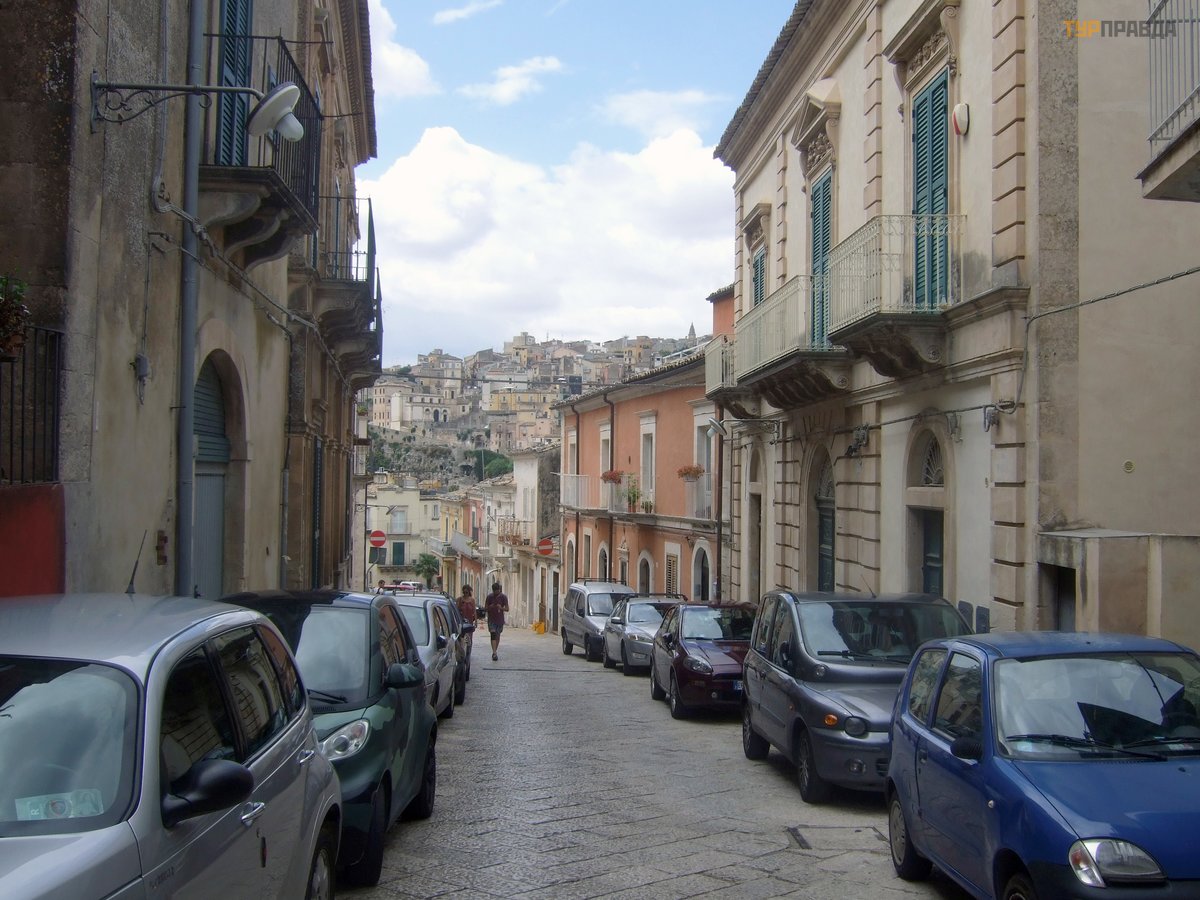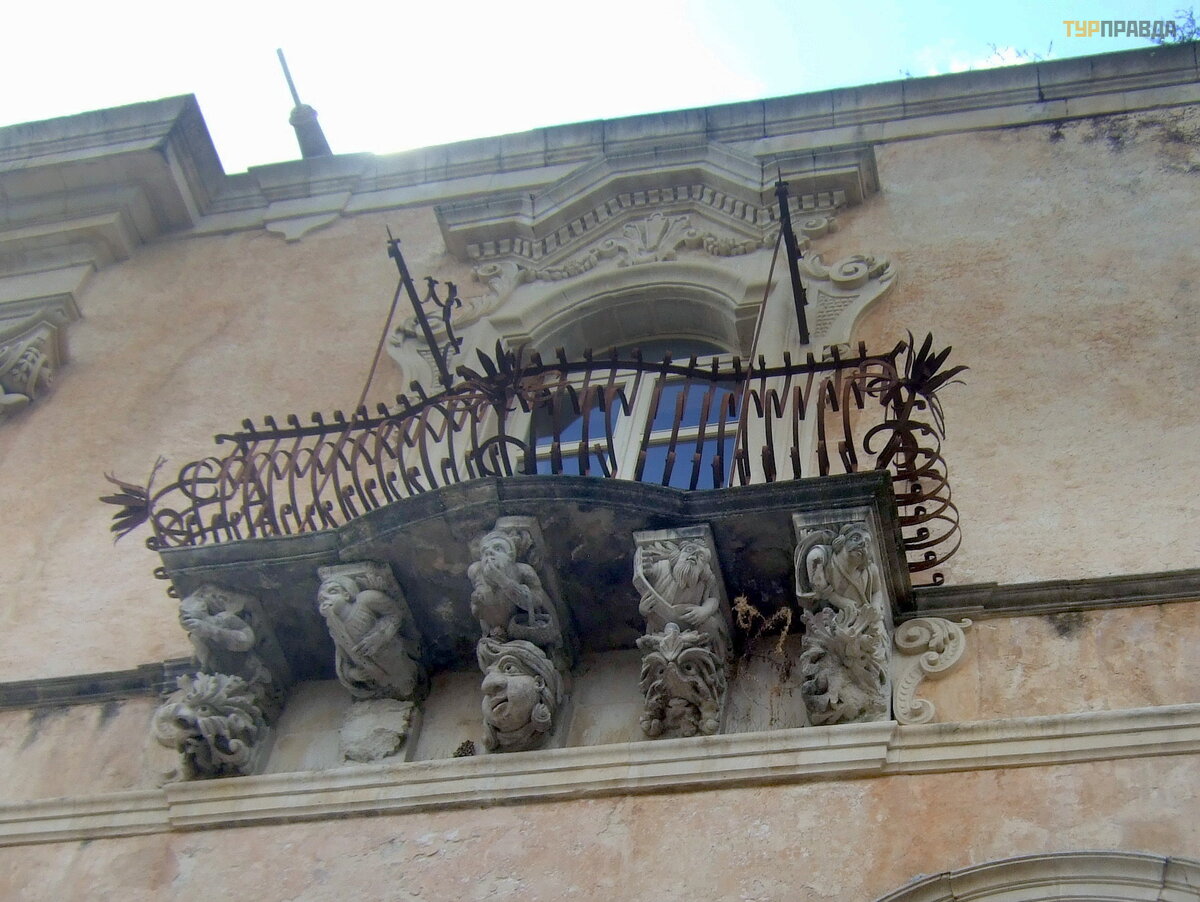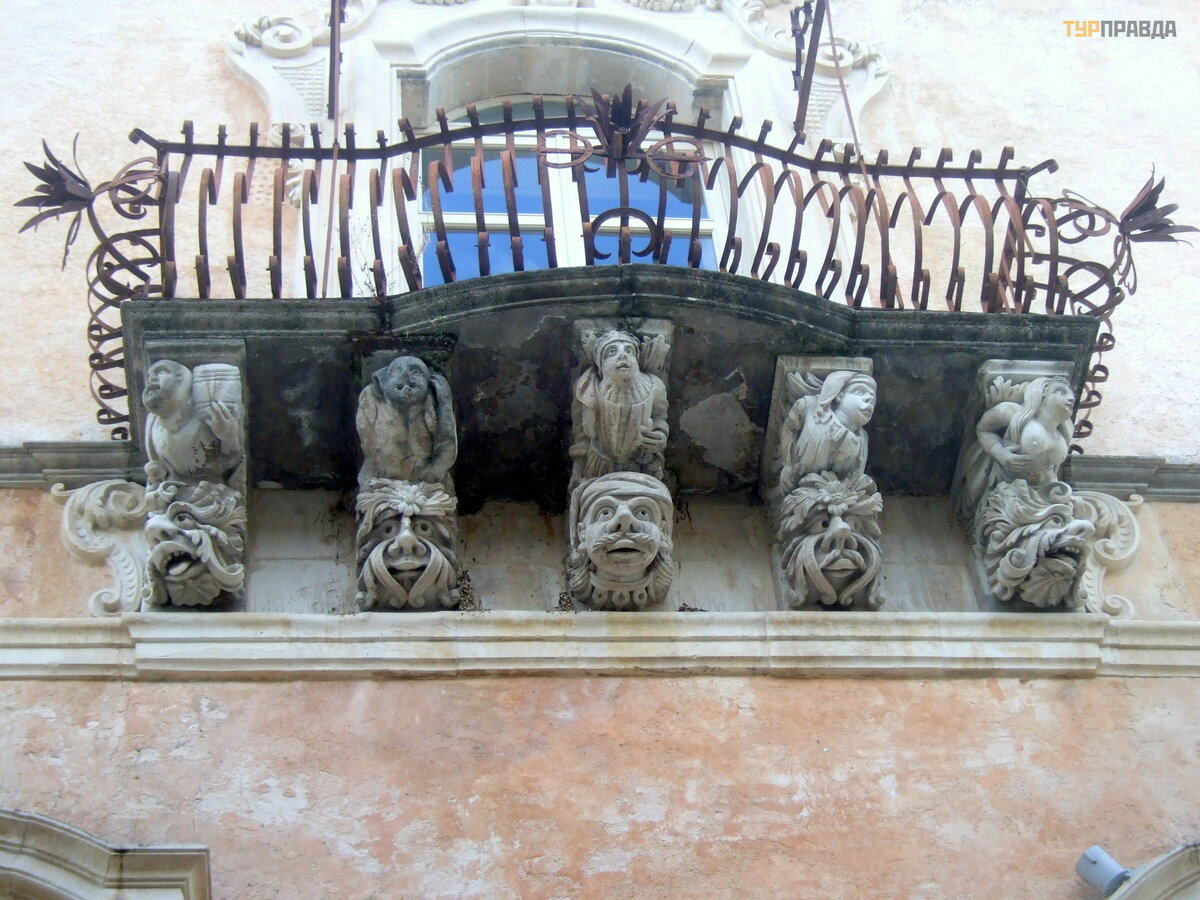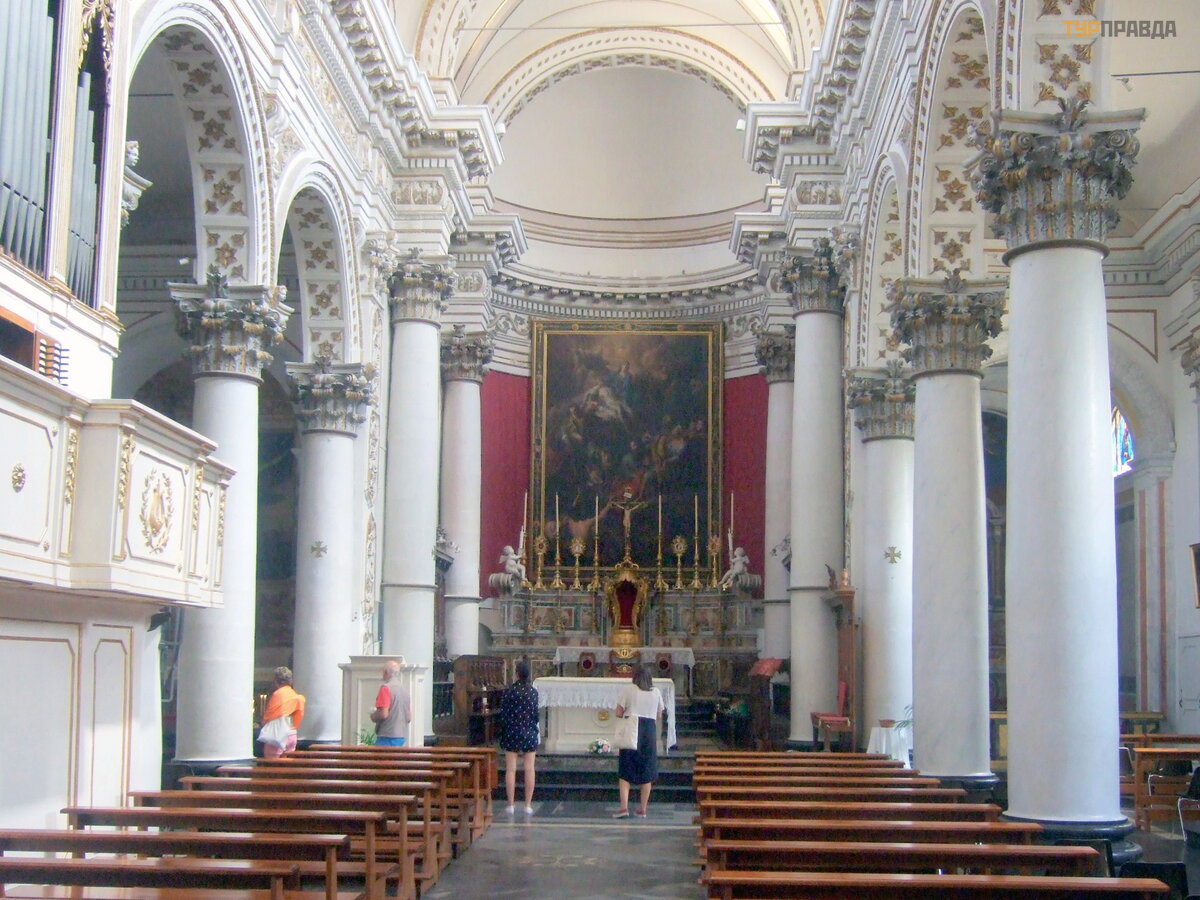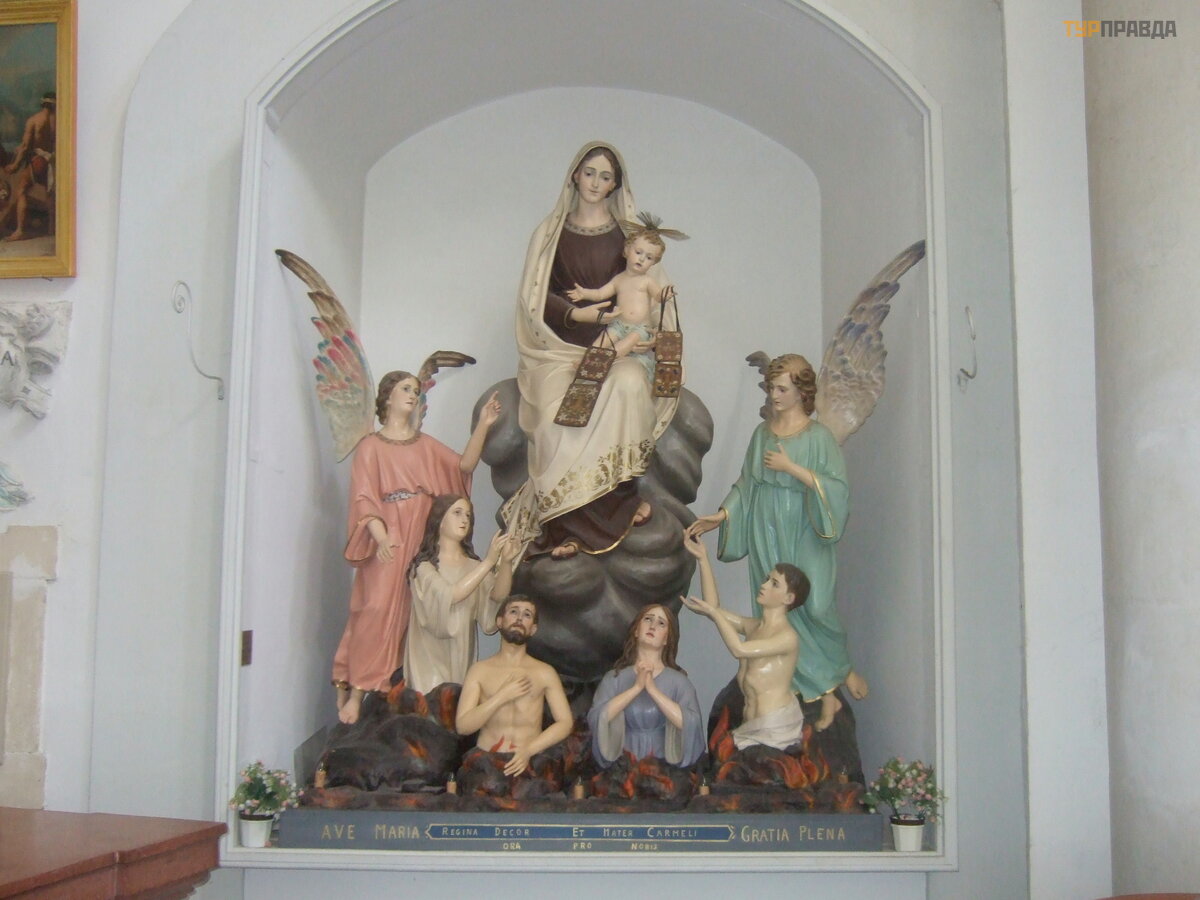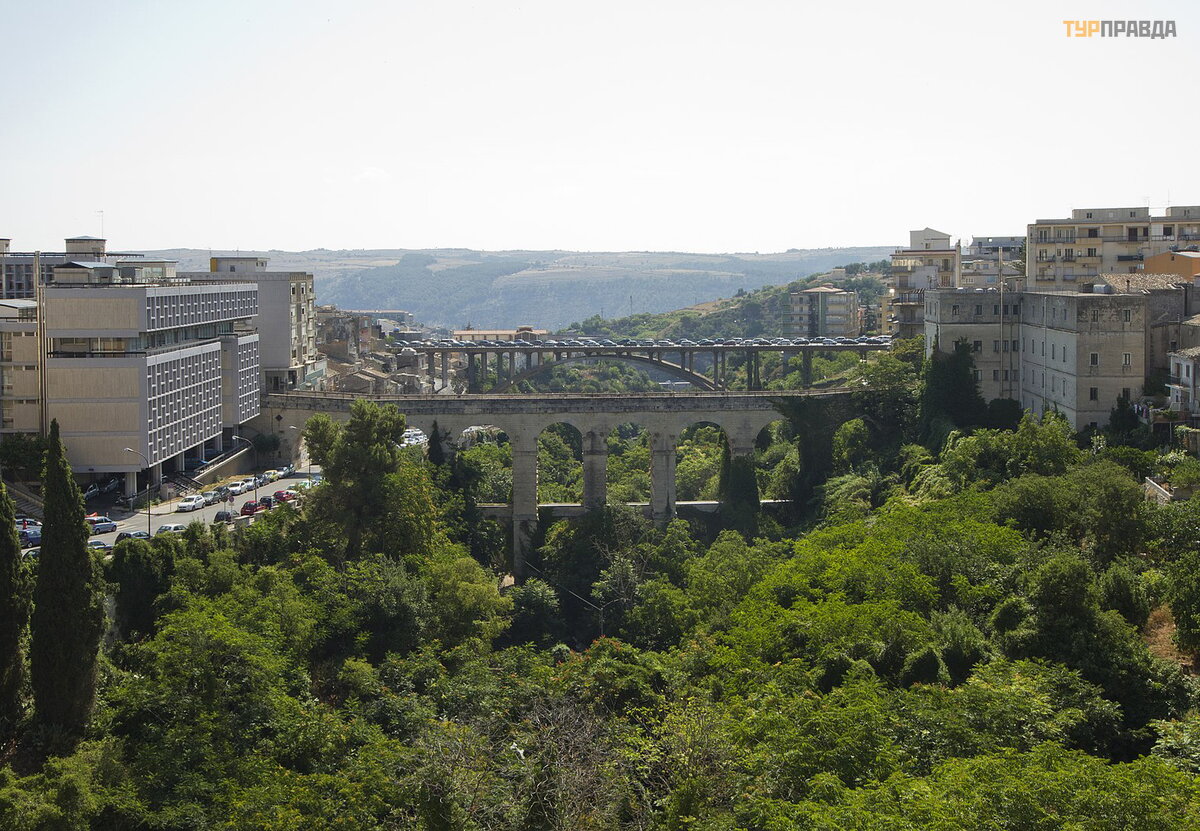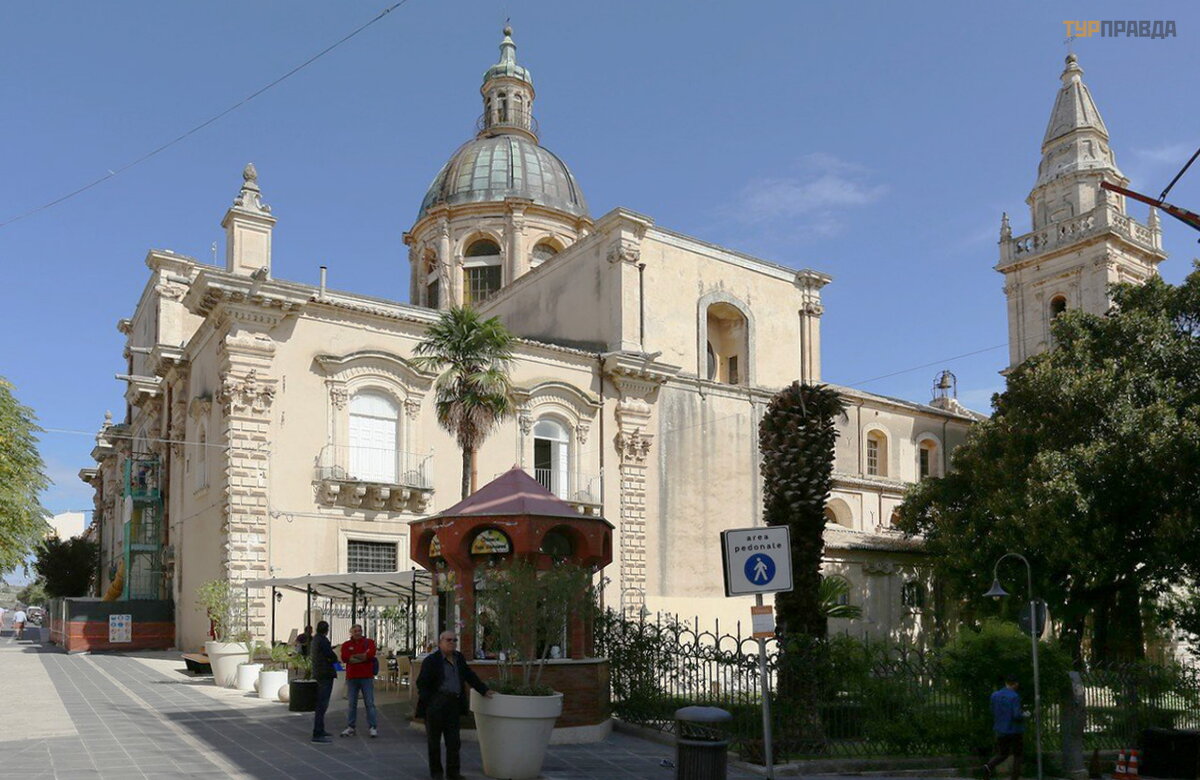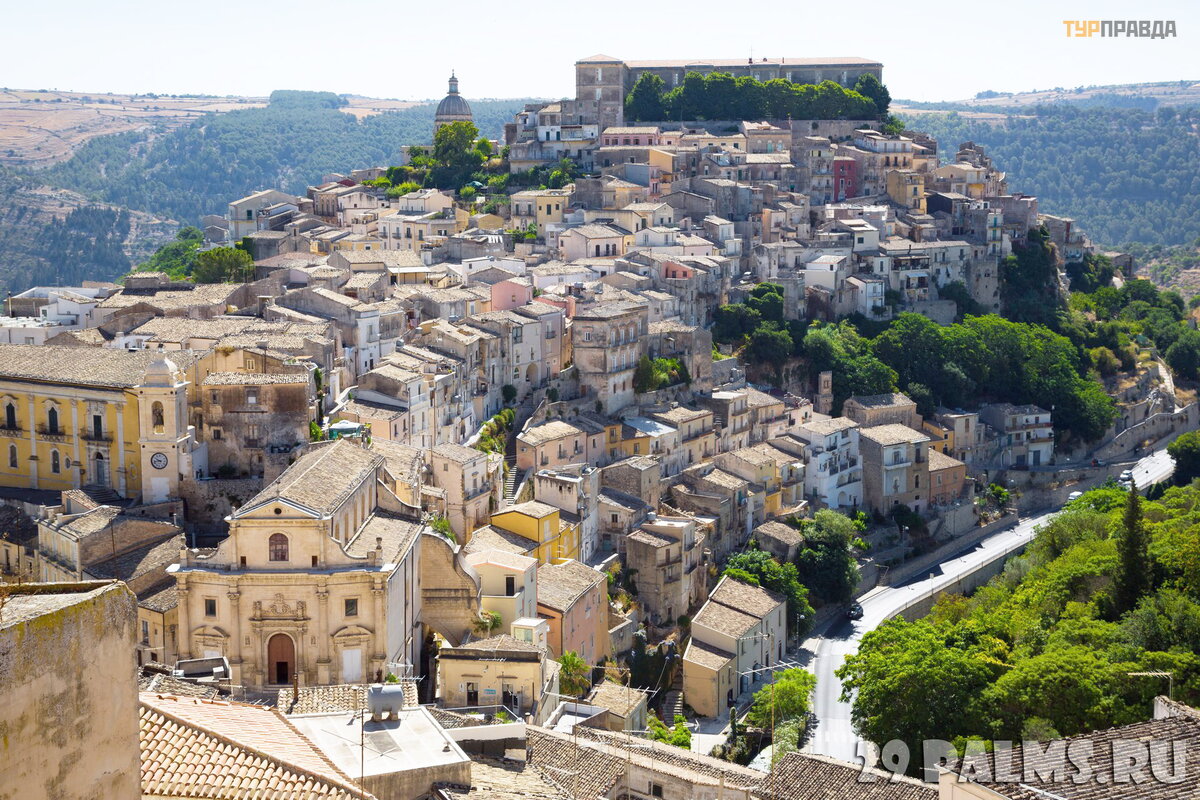Sicily. Part 9. Ragusa

Sicily. Part 1. Giardini Naxos >>>
After Modica we headed to Ragusa. It's a short drive - twenty minutes.
Compared to Modica, Ragusa seemed to be a large city, and the population is larger - about 80 thousand people. The city also consists of two parts: Ragusa Ibla (Ragusa Ibla) and New Ragusa (Ragusa Superiore). The first part is older, it is these quarters that were rebuilt after the earthquake. The second is younger, west and higher than the old streets. Between them there is a deep ravine, over which three bridges hang, one of them is a pedestrian one.
Ibla is also called the Lower City, and Superiore is the Upper City. This is true, although both parts are located on high hills, just the hill of Ibla is much lower.
It must be said that the population of these regions of Ragusa was also historically divided into two warring halves. Which led to the appearance of two cathedrals, which, in general, is a rarity. Only in 1927, by decree of Mussolini, the two districts merged into one city. By the way, Ragusa was one of the birth centers of Italian fascism.
Initially, we started our inspection of Ragusa from the lower part - Ragusa Ibla. We hurried to the Cathedral of St. George (Duomo di S. Giorgio), architect Rosario Gagliardi, until the cathedral closed for a siesta.
George's Cathedral impresses not only with its appearance, but also with the richness of its interior decoration with many stained-glass windows.
The dome over the temple was added to the building already in 1820.
The central part of the cathedral is decorated with statues of the Virgin, John Baptiste and John the Evangelist. Also there you can see the stone statue of John the Baptist of the 15th century by the sculptor Angelo Recto and the Silver Ark with his relics.
Ragusa Ibla is a small, narrow, long area, like a peninsula on a mountain. The cathedral is located at the highest point, from here we headed down the main street of Corso "April 25" (named after the Day of the liberation of Italy from fascism). Beautiful palazzos and churches line the street.
The Church of San Giuseppe, rebuilt after the earthquake of 1693 in the Rococo style. Its faç ade was also designed by Rosario Gagliardi.
We went to a very popular bar "Gelati Di Vini”. . .
. . . which sells ice cream made from various types of wine, tried the local "wine ice cream". Didn't like it at all.
Quite quickly we reached the end of the street, where the beautiful city park Giardino Ibleo, created in the middle of the 19th century, is located. There are many massive columns and stone vases, and the benches are decorated with relief carvings.
Near the entrance to the park is the Church of San Vicenzo Ferreri. (Now used as a music room). On the faç ade is a sundial.
In the park is the Church of San Giacomo Apostolo, which was still open.
Interesting wooden ceiling:
The park offers a panoramic view of the Irminio Valley:
We had a little rest in the park, had a bite to eat and drank wine, and moved back towards Upper Ragusa, so we again went up to the Cathedral of St. George.
There are also many palaces along the way. The most famous of them is Palazzo La Rocca, built by Don Saverio La Rocca in the 18th century on the site of ancient buildings. Particular attention should be paid to the eight unique balconies of the palace, based on carved consoles. The balconies are decorated with grotesque masks and humanoid figures, each of them has its own name: the balcony of the flutist, maids, cherubs and others.
We passed by the cathedral, we go down to the transition between the districts of Ragusa.
There are enough funny balconies here.
Here in the small square of the Republic there are bus stops, an information center and the Church of Souls in Purgatory (Chiesa della Santissime Anime del Purgatorio):
The church was built in the first half of the 17th century and survived the earthquake.
San Domenico Valley visible:
There are three bridges across the valley.
The most interesting one is the one in the middle, Ponte Vecchio,
The old arch bridge (1825), connects the two parts of the city, similar to an old aqueduct. They are connected by a staircase consisting of several hundred steps, in which case you will have to climb it.
High Ragusa starts from here:
There was neither time nor desire to climb up the numerous steps and stairs. Therefore, we returned to the car and briefly drove to Upper Ragusa to take some photos. This area of the city is much larger than Lower Ragusa, there are already many modern streets and houses.
We stopped at another cathedral - St. John the Baptist (Cattedrale S. Giovanni Battista), which was built in 1706-1778. designed by Mario Spata and Rosario Boscarino. This is one of the largest churches in Sicily. The cathedral was closed for a siesta, it's a pity that they didn't get inside.
We drove further down the street to the observation deck, from where there is a beautiful panoramic view of Lower Ragusa (Ragusa Ibla):
The Church of Santa Maria della Scala is visible below, 340 steps lead to it, it is open only during Mass. Built in the 12th century in the Gothic style, the church was damaged by the 1693 earthquake.
This is the end of our trip to Modica and Ragusa, because the time for renting a car has already expired. For the future, who wants to repeat this route, it is necessary to allocate more time to Ragusa, because it is a pity that in the Upper Town a lot of things were left unseen.
I would also like to see the Donnafugata Castle (Castello di Donnafugata) in the vicinity of Ragusa, there is even a railway station there.
“And this is the last of the stories about Mowgli”, in the sense of the cities of Sicily where we visited.
The plans were to visit the other two coasts of the island, but alas... So far, this can only be dreamed of.


